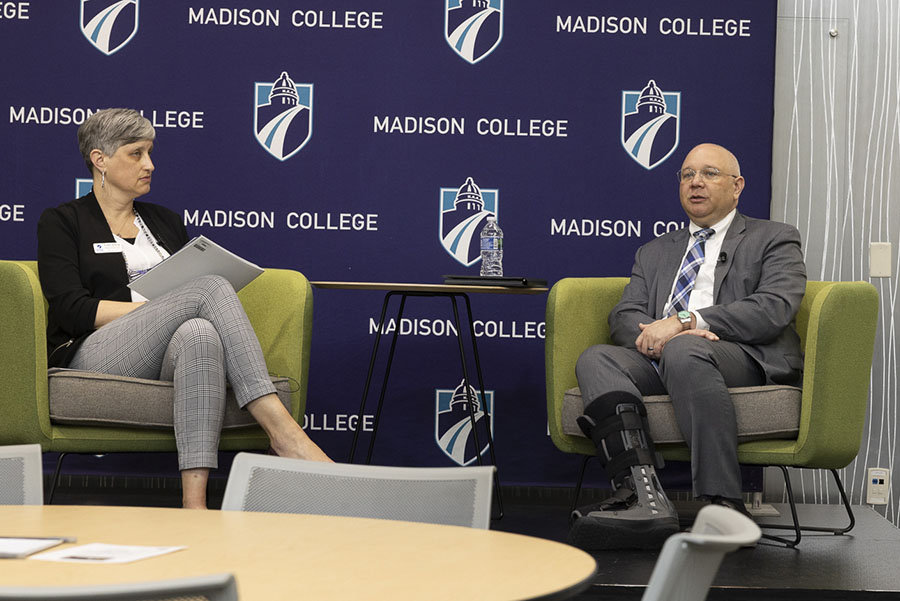New students and returning students alike are in school with a better job in mind. Paying for college to a four-year university or even a two-year technical college may be difficult. Some students make enough money to pay for school as they go. Some take out student loans.
Regardless of your situation, parents tend to attempt to help their child avoid going through the same financial hassles that you’re going through right now. You can prevent this by starting to save within the first few years that your child is born. As easy as it sounds, there are many different ways to go about it. There’s the plan that’s for saving strictly for college, but going to school can be funded with a retirement account or even life insurance.
There are several ways to save. The most common way is a 529 plan.
“The positive of it – it’s tax free. The negative of it is, it has to be used for college,” said Tom Hanson, an investment advisor representative.
The plan works simply by making contributions from take-home pay. The money then grows tax-free and no taxes need to be paid on the earnings as long as the money is used for schooling. Up to $3,000 per year is also tax deductable with Wisconsin’s state-approved Edvest 529 Plan. Savingforcollege.com has a list of every 529 plan and how they have performed in the past.
Unfortunately, if money is needed to be taken out of the plan for anything but school, your earnings will be subject to a 10 percent penalty tax plus the taxes for your income tax bracket. The contributions will remain untaxed since taxes were already paid. If the child you set the account up for decides not to go to college or receives scholarships, the plan can be changed over to another one of your children with no penalties. Another down side to the 529 is that it must be reported on your child’s Free Application for Federal Student Aid (FAFSA), so it could hurt the chances for federal grants.
If you already have a retirement account in the form of a Roth IRA, your contributions (up to $5,000 per year) can be used to pay for school without penalties. There aren’t any penalties on it and only the principle is taken out. Over the course of 18 years, that principle should triple in value.
Another option is cash value life insurance. This is not the same thing as whole-life life insurance, since traditional “whole-life” has a low, but guaranteed rate of return. One type of cash value life insurance is Indexed Universal Life. It offers a fixed minimum rate along with similar to a Roth IRA and never lose money on the account.
“It’s like a Roth IRA with life insurance attached,” Hanson said.
It grows without taxes and there are no taxes on the growth or withdrawals.
“If I die, and I don’t plan on dying anytime soon, my wife has not only money that will carry on the household, but I have instant college funding for my kids,” Hanson said.
If a person would live a long time and has been funding your cash-value life insurance just like a Roth IRA, the money continues to grow tax-free. It can be taken out without paying any taxes. Also, like a Roth IRA, it does not get reported on the FAFSA.
Hanson recommends talking to a financial advisor before making any investing decisions, since not everyone’s situation is the same. The most important thing to do, though, is start now.


























